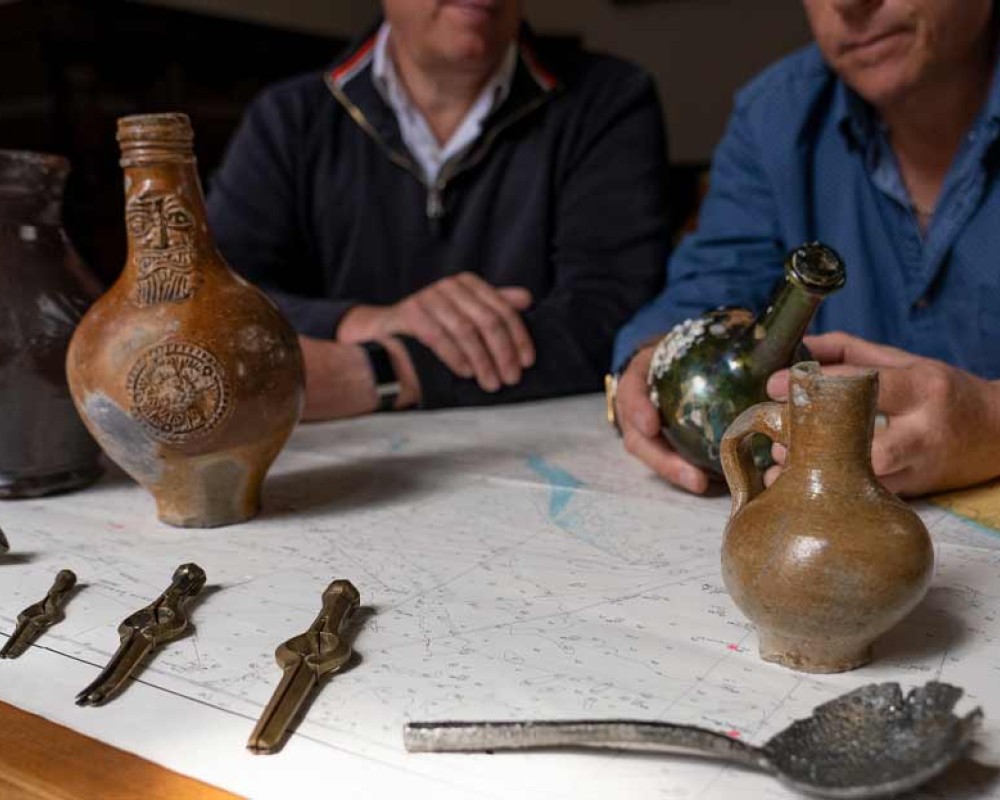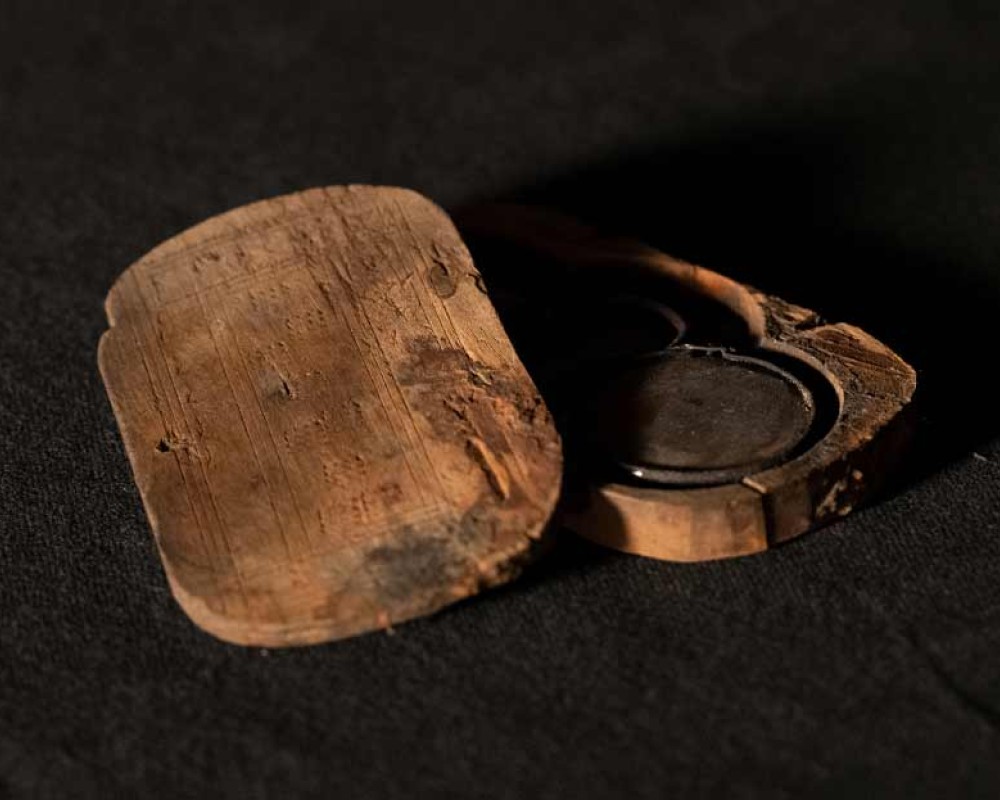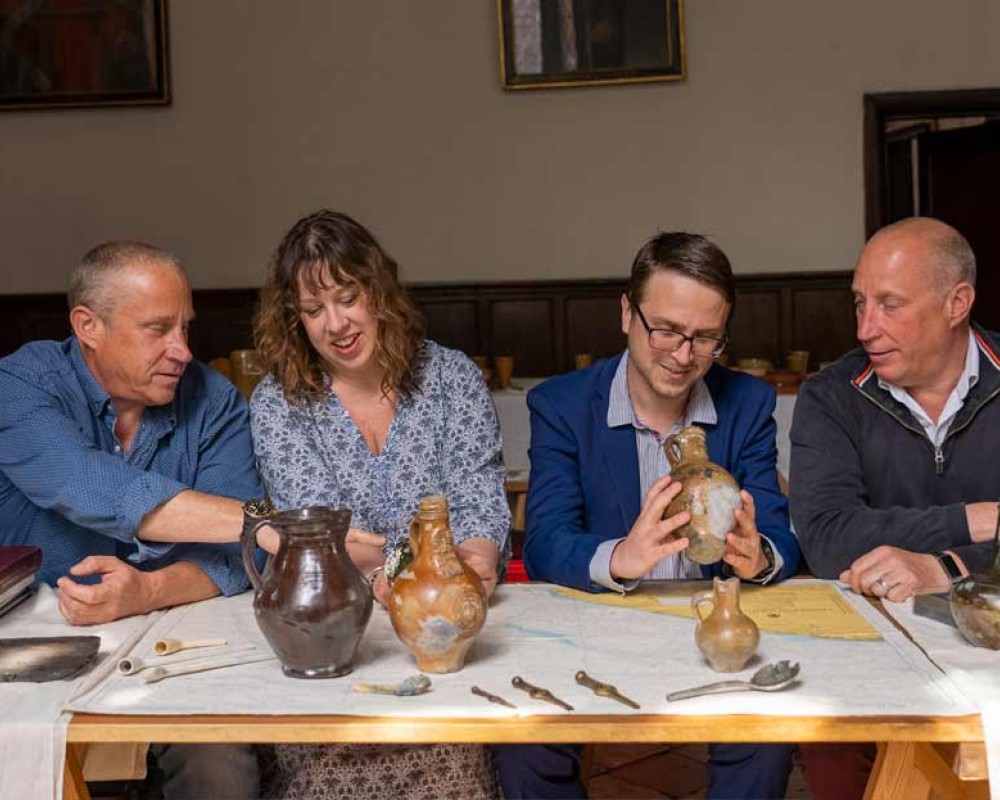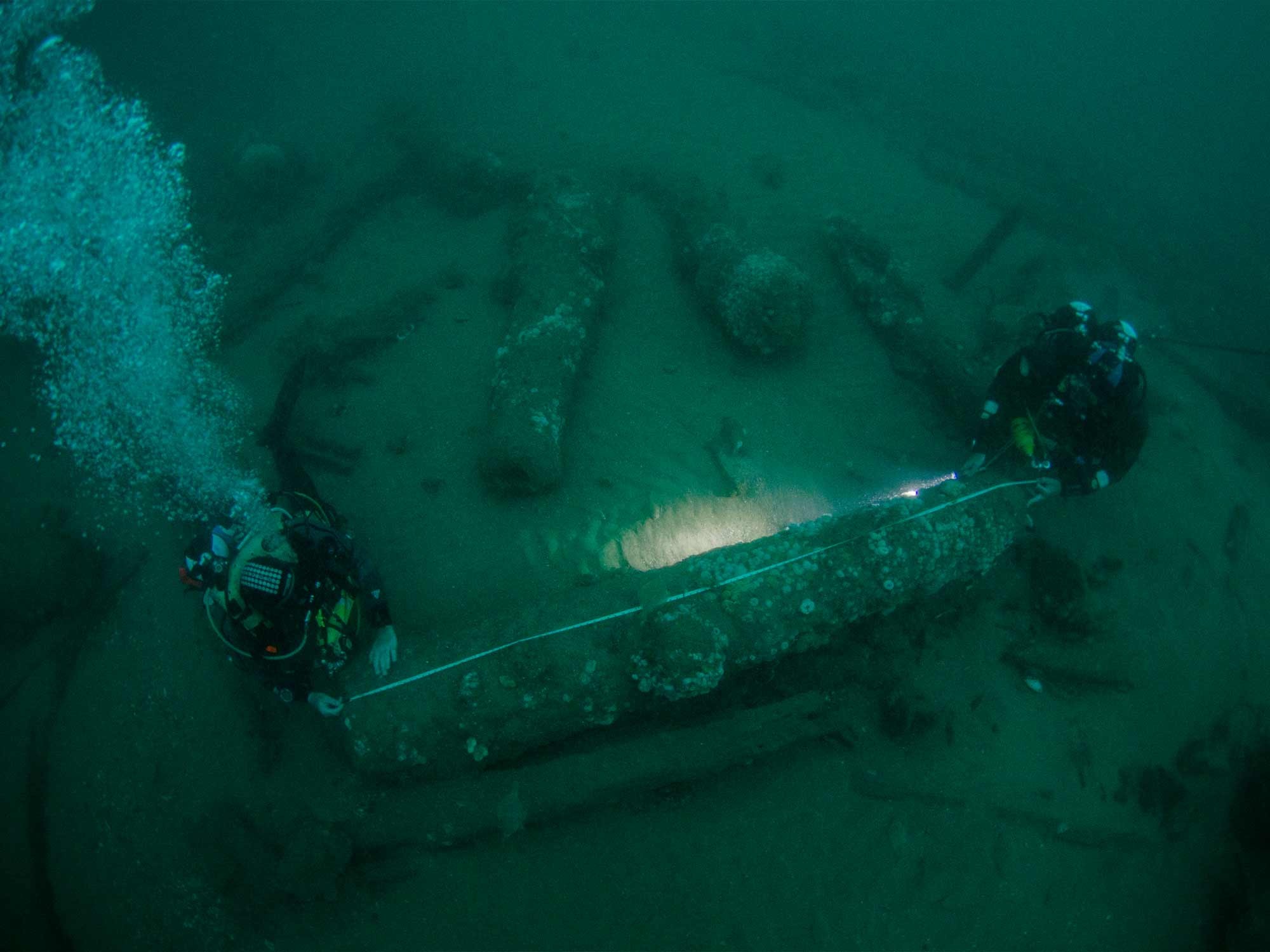
An adventure of a lifetime: finding the Gloucester
Heralded as ‘the most significant’ maritime find since the Mary Rose, the legendary Gloucester shipwreck is confirmed to have been discovered by Norfolk-based brothers Julian and Lincoln Barnwell 15 years ago...
In 1682, the Duke of York set sail upon the Gloucester, only to narrowly escape drowning. The royal warship brutally crashed into sandbanks about 28 miles off the Great Yarmouth coastline and sank to the bottom of the ocean within an hour. Built by Cromwell in 1654, the frigate and Speaker-class ship was groundbreaking, playing its part in many battles and surviving three tumultuous decades before Norfolk’s sandbanks bested it. As the Duke, James was the heir to the throne, he had to disembark first, but he was reluctant - and a bit of a loose cannon. He’d been criticised for jumping ship too soon and wanted to save the Gloucester and keep up appearances. Unfortunately, the ship was going down faster than a lead balloon, and when James finally agreed to depart, it was too late; up to 250 crew and passengers died. Rumour spread, and people rightly questioned whether James was to blame for the tragedy. Such talk could prove catastrophic for the monarchy. So, instead of accepting responsibility, he wrongly accused James Ayres, the ship’s pilot, and ensured he was imprisoned for the disaster.
People thought the notorious ship to be forever lost at sea until sometime in 2003 when Lincoln Barnwell found it listed in Richard and Bridget Larn’s book, Lloyd’s Register Shipwreck Index. “Both Lincoln and I are passionate divers,” says Julian, Lincoln’s brother. “One day, when Lincoln was looking for our next expedition, he flicked to the Norfolk coast section of the book, and the Gloucester shipwreck jumped out at him. He saw the word ‘cannons’, and that was it, he was hooked!” The conversation between the brothers was as casual as “do you fancy it?” followed by “we’re going to need a bigger boat” as they committed themselves to finding the famous wreck. They bought a dedicated survey boat and set out on possibly the biggest adventure of their lives.
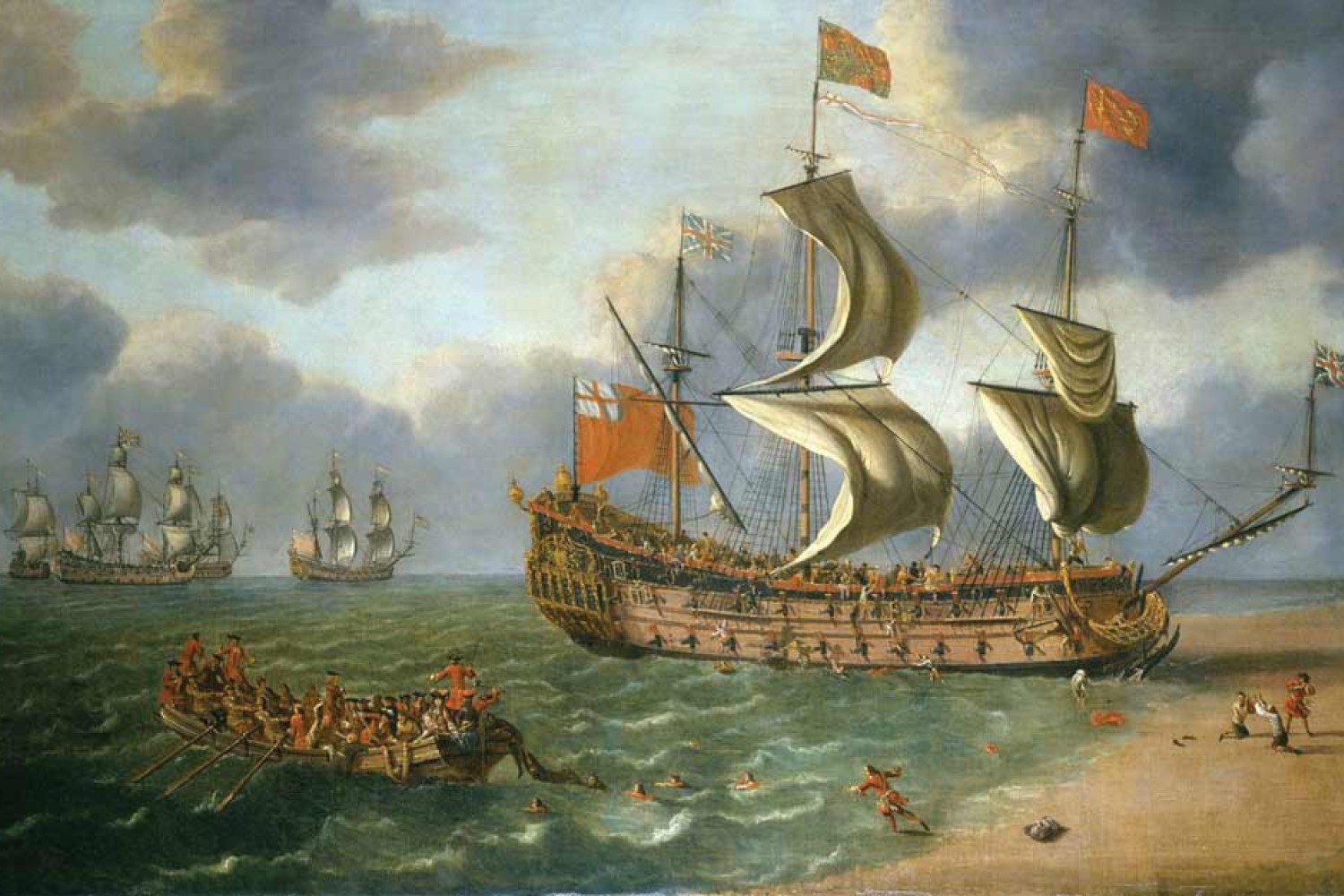
The brothers had been diving in the North Sea since they were 16, following in their late father’s footsteps as an avid diver himself and a founding member of the British Sub Aqua Club. However, searching for the Gloucester was undoubtedly their most challenging quest yet. “After three years of tirelessly looking, we began to lose hope,” says Julian. Then, on a dive in 2007, Lincoln and a friend spotted cannons and knew they’d found something significant. “We got a perfect target reading on our magnetometers, which can detect shipwrecks and other buried objects, and when Lincoln and our friend dived down, it was clear why. We were optimistic that the cannons could belong to the Gloucester.” Finally, in 2012, the ship’s bell - which Julian refers to as “the smoking gun” - was recovered, confirming that they had found the famous shipwreck. Julian says,” It was the most amazing feeling.”
An amazing feeling indeed, but not one they could share with others just yet. The Gloucester shipwreck is in international waters, so it doesn’t fall under the Protection of Wrecks Act 1973; if its whereabouts were to become public knowledge, anyone could have raided it without consequences. The brothers, their father, their friend Tiny Little, and another companion (who accompanied them on the day they found the ship) had to sign a non-disclosure agreement, along with others who were let in on the secret. The wreck was also at risk of being swept away with the seabed and lost forever if they didn’t act fast, so Julian and Lincoln got to work recovering the artefacts. Among the ship’s cannons and bell, the brothers have also found navigational equipment, numerous wine bottles (some unopened), articles of clothing, and most recently, even animal bones, all of which are being preserved in special storage facilities and studied.
The discovery of the Gloucester has created an opportunity to unearth the many mysteries behind its tragic end. Today, researchers at the University of East Anglia in Norwich are working to reveal the lives of those on board, build a clearer picture of 17th-century society and uncover stories of corruption, political intrigue, gossip, scapegoating and class. Eventually, they will be publishing a book of their findings.
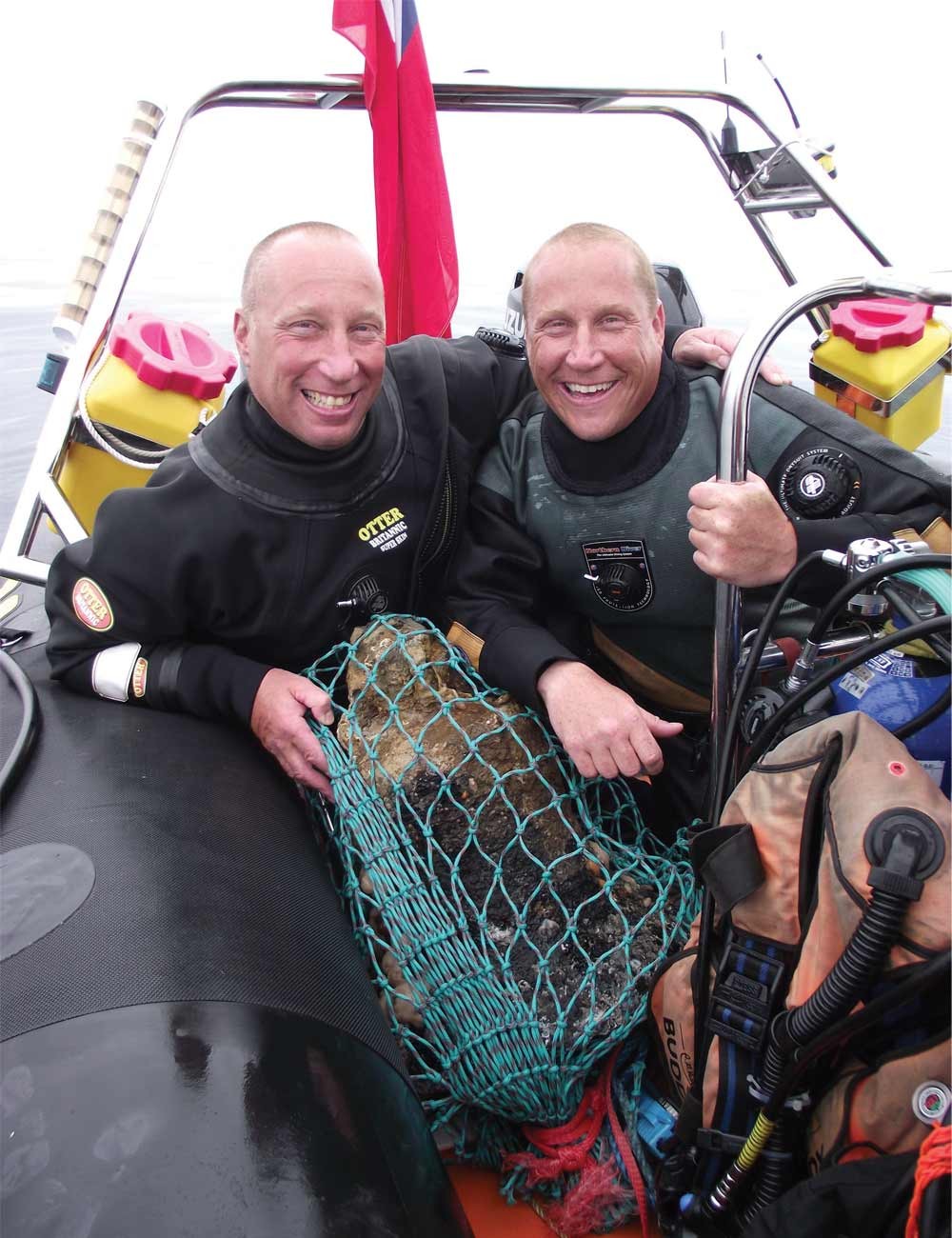
The secret is out, but this is where the hard work begins, as Julian explains: “Since the discovery, we’ve been making emergency recoveries of artefacts at risk and conserving them for the benefit of the nation, but much more is needed to give this monumental find the attention it deserves.” To raise funds for further research and a potential permanent museum display - and tell the Gloucester’s fascinating story - Julian and Lincoln have worked closely with the Norfolk Museum Service to run a major exhibition at Norwich Castle Museum from February to September 2023.
It’s been a hell of a journey for the Barnwell brothers - what’s next? “It will be years before the Gloucester project is complete, and we’re both heavily invested in its success. In the future, I’m looking forward to watching my three children enjoy diving. Finding something like the Gloucester is every diver’s dream - I hope our story inspires more young people to pick up the metaphorical gauntlet and continue to shine a light on our incredible maritime history.”
For more information about the Gloucester project, visit gloucestershipwreck.co.uk or email information@gloucestershipwreck.co.uk
IMAGES © Norfolk Historic Shipwrecks & UEA
